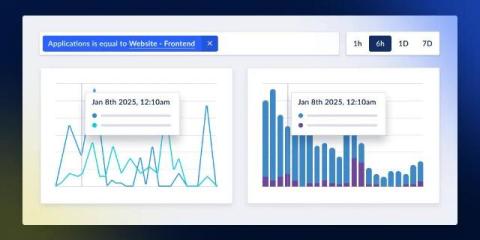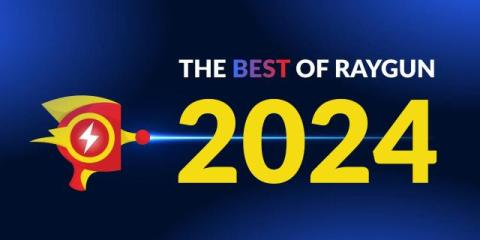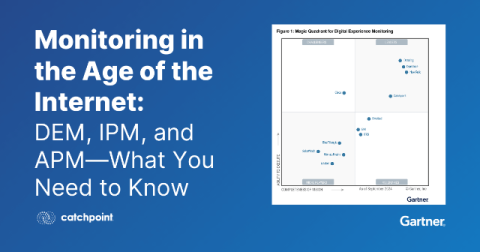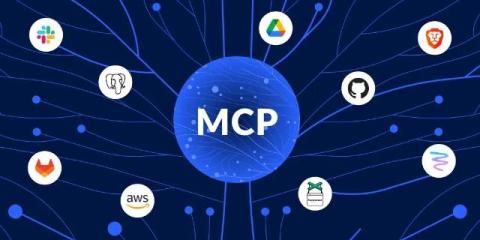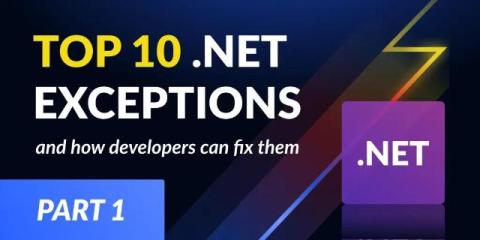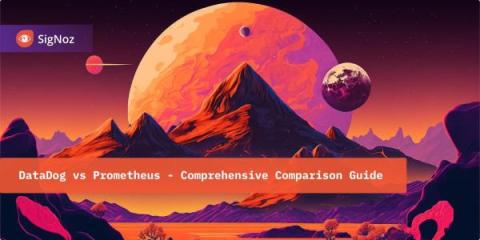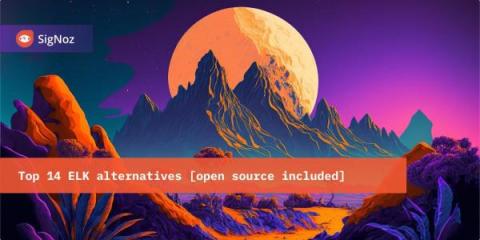How to Use Service Level Objectives (SLOs) in Your IT Monitoring
With countless companies delivering their services digitally, reliability and performance are more important than ever. Whether you want to keep your website running 24/7 or ensure your application is responsive to user actions, you need a dependable way to measure your services’ performance and ensure they meet your requirements and those of your customers. Central to this is SLO (Service Level Objective). SLOs are targets that outline the expected performance of a particular service.



